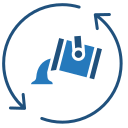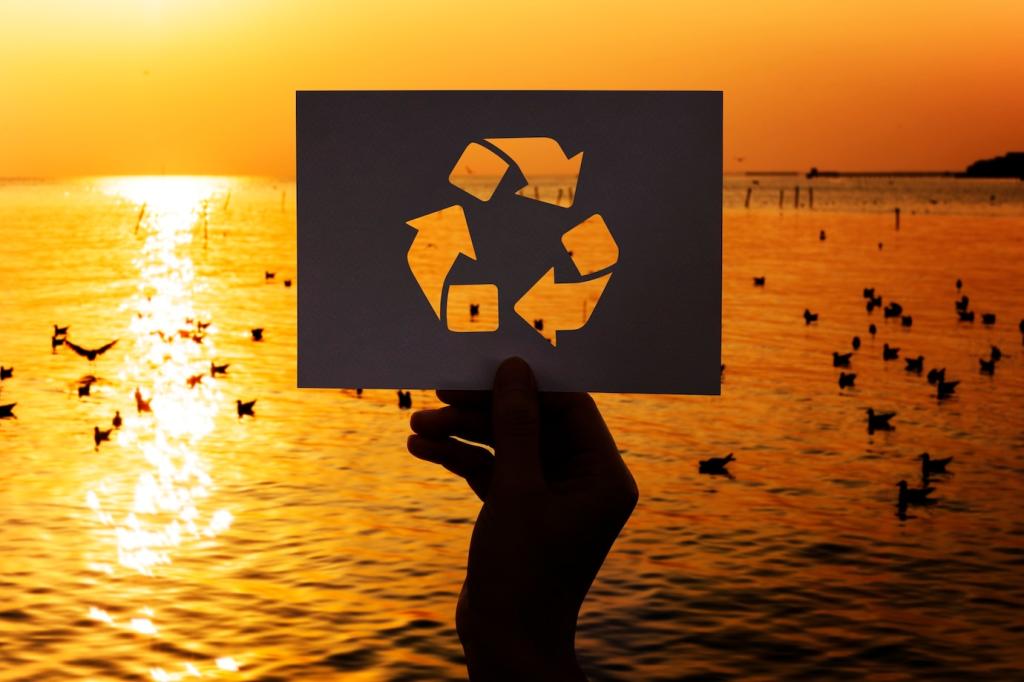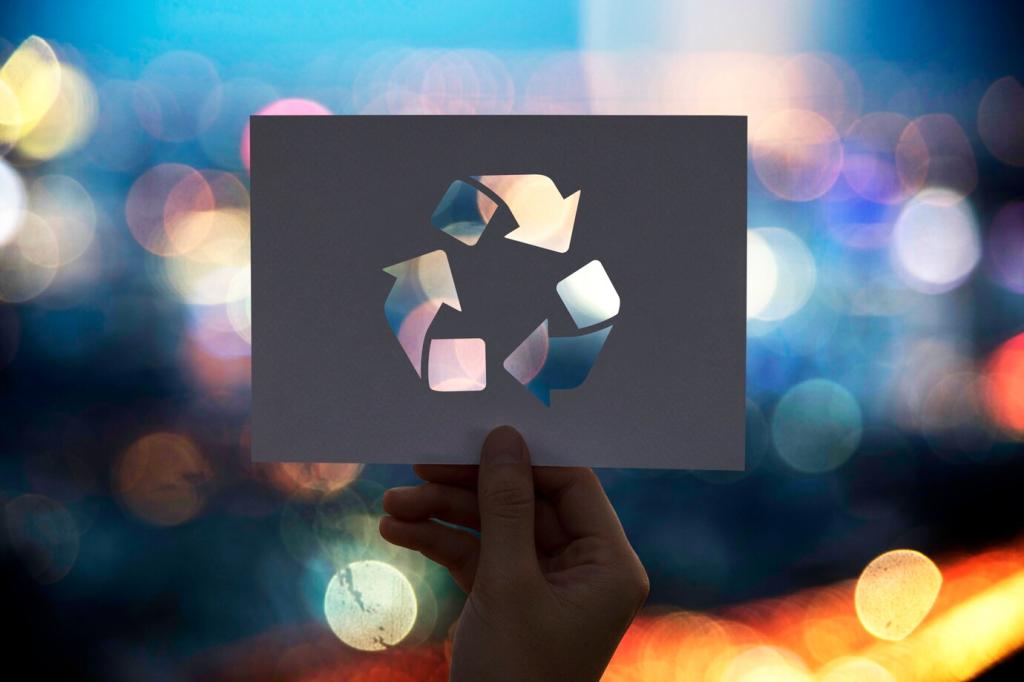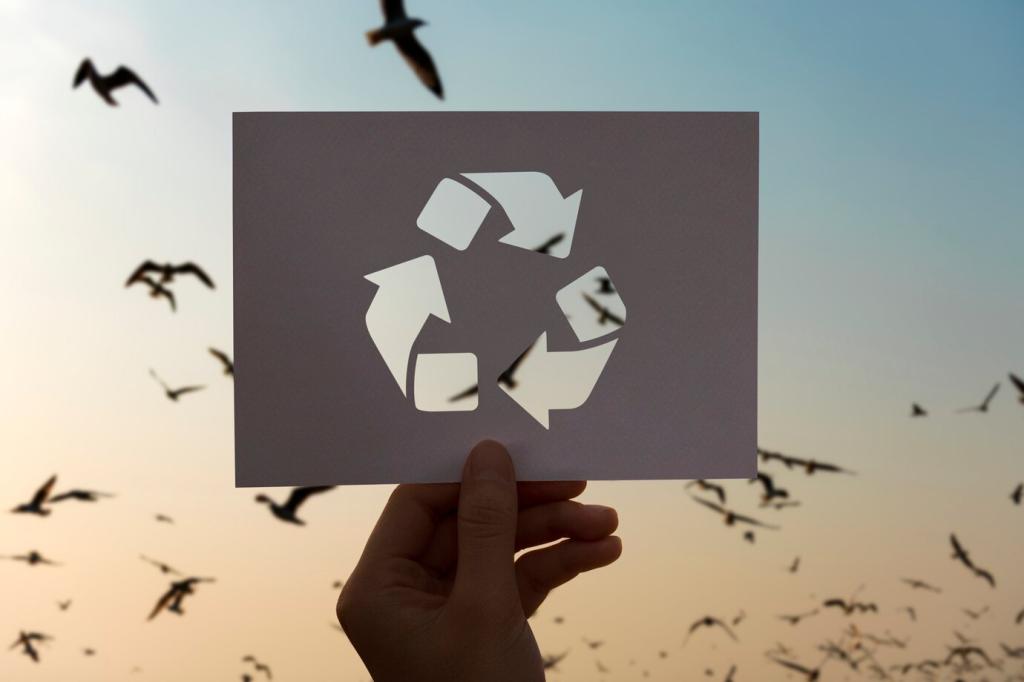From Waste to Worth: Why New Methods Matter
Every year, tens of millions of tons of textiles are discarded, much of it still valuable. New methods promise to unlock that value by preserving fiber quality, cutting emissions, and easing pressure on landfills. What change could your closet spark today?
From Waste to Worth: Why New Methods Matter
Design for disassembly turns tricky garments into recyclable puzzles. Paired with smarter sorting and fiber-to-fiber processes, those puzzles become new yarns and fabrics. Imagine jeans built with purpose, stitched today so tomorrow’s recycler smiles instead of sighs.





